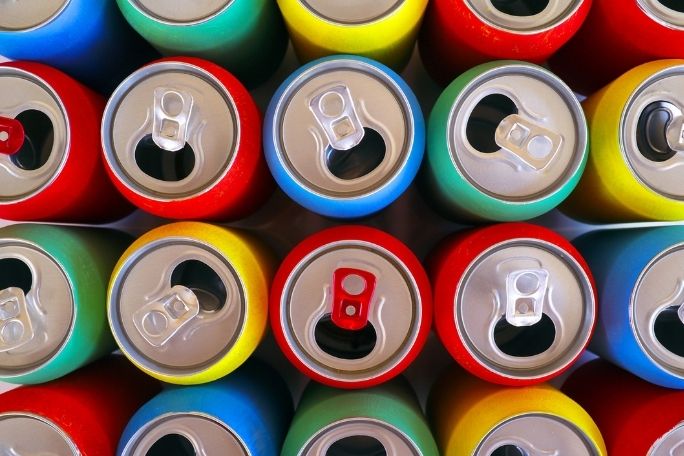Lesson summary
Students map the distribution and composition of litter in the school courtyards and grounds.
Learning intentions:
Students will...
- understand that litter can be found to varying degrees in every school
- recognise that understanding where litter is found and the makeup of this litter can help us in planning to reduce this litter
- understand that litter has many negative impacts for people and animals in the environment
- discover that the litter from a school can have impacts far away from the school site
- recognise that reducing litter can have many benefits for the school community and the environment in general.
Lesson guides and printables
Lesson details
Curriculum mapping
Australian Curriculum content description:
Year 7 Science:
- Collaboratively and individually plan and conduct a range of investigation types, including fieldwork and experiments, ensuring safety and ethical guidelines are followed (ACSIS125)
- Summarise data, from students’ own investigations and secondary sources, and use scientific understanding to identify relationships and draw conclusions (ACSIS130)
- Communicate ideas, findings and solutions to problems using scientific language and representations using digital technologies as appropriate (ACSIS133)
Year 7 Geography:
- Analyse geographical data and other information using qualitative and quantitative methods, and digital and spatial technologies as appropriate, to identify and propose explanations for spatial distributions, patterns and trends and infer relationships (ACHGS051)
- Apply geographical concepts to draw conclusions based on the analysis of the data and information collected (ACHGS052)
Year 8 Science:
- Collaboratively and individually plan and conduct a range of investigation types, including fieldwork and experiments, ensuring safety and ethical guidelines are followed (ACSIS140)
- Summarise data, from students’ own investigations and secondary sources, and use scientific understanding to identify relationships and draw conclusions (ACSIS145)
- Communicate ideas, findings and solutions to problems using scientific language and representations using digital technologies as appropriate (ACSIS148)
Year 8 Geography:
- Analyse geographical data and other information using qualitative and quantitative methods, and digital and spatial technologies as appropriate, to identify and propose explanations for spatial distributions, patterns and trends and infer relationships (ACHGS059)
- Apply geographical concepts to draw conclusions based on the analysis of the data and information collected (ACHGS060)
Syllabus Outcomes: GE4-7, SC4-5WS, SC4-6WS, SC4-7WS, SC4-9WS.
Time required: several 48 min sessions, plus time for analysis and preparation of presentations.
Level of teacher scaffolding: Medium – assist with setting up and completing the activity.
Resources required
- Clip board
- Plan of the school site including grounds and buildings, computer
- Student worksheet
Additional info
This is an original Cool.org lesson. Facts and figures in these lessons may have changed since this lesson was published. We always endeavour to update our resources in a timely manner, but if you see an error or issue in our resources please get in touch with us.


Welcome back!
Don't have an account yet?
Log in with:
By signing up to Cool.org you consent and agree to Cool's privacy policy to
store, manage and process your personal information. To read more, please see
our privacy policy here(Opens in new tab).
Create your free Cool.org account.
Many of our resources are free, with an option to upgrade to Cool+ for premium content.
Already have an account?
Sign up with:
By signing up to Cool.org you consent and agree to Cool's privacy policy to
store, manage and process your personal information. To read more, please see
our privacy policy here(Opens in new tab).